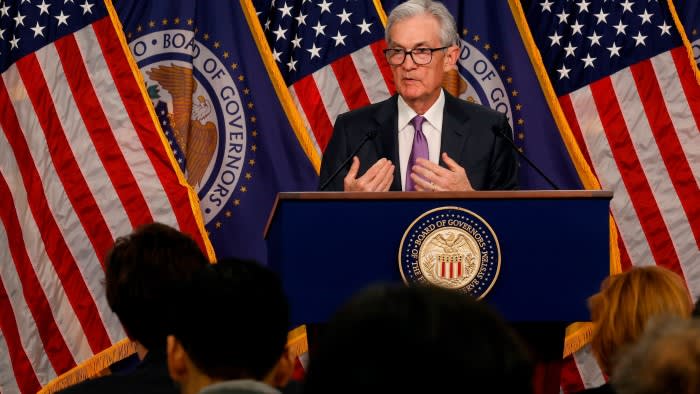As the debate over whether the Federal Reserve will lower interest rates this year continues, an important question is raised by Unhedged – “Are higher rates inflationary?” While higher rates may not be inflationary overall, there is a strong case for inflationary effects on specific index components, such as housing, which could be having a larger impact than usual. Additionally, higher rates can imply that inflation is high, which can influence consumer inflation expectations to remain at elevated levels.
The relationship between interest rates and inflation is not a straightforward one. Central bankers should recognize that historically, a decrease in US consumer price inflation from around 3-4% to approximately 2% has rarely been achieved without the occurrence of recessions. Therefore, they should maintain an easing bias and be prepared to act swiftly in response to changing economic conditions.
A gradual progress towards lowering inflation from the current level of 3.5% will require time for workers and businesses to adjust. However, if growth and inflation increase rapidly, central bankers may need to consider implementing “opportunistic disinflation,” where they wait for a positive supply shock to naturally lower inflation rather than artificially inducing a slowdown. This approach allows central bankers to be proactive in addressing inflation before it becomes a problem and avoids the need for interventions such as quantitative easing if possible.
If a recession occurs, there is a risk that inflation could fall below target levels, making it difficult to adjust monetary policy effectively. This could result in the need for interventions such as quantitative easing or other measures designed to boost economic activity during times of low growth or decline. It is crucial for central bankers to remain vigilant and prepared for these scenarios while maintaining an easing bias and focusing on keeping inflation in check.
Overall, while there are some risks associated with raising interest rates or implementing disinflationary measures too quickly or aggressively, central bankers must weigh those risks against their responsibility to maintain price stability and prevent hyperinflation. By remaining vigilant and proactive in addressing rising prices, central bankers can help ensure stable economic conditions while minimizing the impact of any potential downturns or supply shocks on consumers and businesses alike.
